As a precious heritage not only of Ninh Binh, Vu Lam Palace is a testament to the ingenuity in military strategy of the Tran Dynasty, demonstrating a profound vision in connecting politics , military, culture and religion.
Therefore, preserving and restoring the relics of Vu Lam Palace associated with developing green and environmentally friendly tourism infrastructure will contribute to attracting domestic and foreign tourists, while creating momentum for local economic development.
Role in the flow of history
Vu Lam Palace is a military base of the Tran Dynasty located in the core area of Trang An Scenic Complex, Hoa Lu city.
Under the Tran Dynasty, this place was an important military and political center, associated with many major historical events of the resistance war against the Yuan-Mongol army; at the same time, it was also the place where King Tran Thai Tong practiced, Tran Nhan Tong became a monk and founded the Truc Lam Yen Tu Zen sect, creating the foundation for Vietnamese Buddhism during the Tran Dynasty.
The center of the ancient Vu Lam Palace is the Thai Vi temple area, Ninh Hai commune, Hoa Lu city today.
Vu Lam Palace was initially built as a resort for Emperor Tran Thai Tong to prepare for his religious career.
However, when the second invasion of Dai Viet by the Yuan Dynasty was approaching, the Vu Lam Palace became the headquarters of the Tran Dynasty's resistance.
When the entire court temporarily withdrew to Truong Yen, Vu Lam Palace became the place to hold court, a "safe zone" to protect the safety of the royal family and the court.
Vu Lam Palace Cultural Space at Thai Vi Temple, Hoa Lu city, Ninh Binh province. (Photo: Hai Yen/VNA)
Besides, King Tran Thai Tong also built a number of monasteries, which are still preserved today, such as So Pagoda, Thong Pagoda, Kha Luong Pagoda, and Khai Phuc Pagoda in Ninh Hai Commune, Hoa Lu City.
In just a short time, the land of Truong Yen became a Buddhist center of the Tran Dynasty. From the Vu Lam Palace, the Tran Dynasty kings and mandarins and local people continued to build monasteries outside the palace, where there were beautiful landscapes, such as Non Nuoc, Dong Son, Canh Dieu, and Dich Long mountains.
Professor, Dr. Nguyen Van Kim, Vice Chairman of the National Cultural Heritage Council, said that among the palaces, Vu Lam was built in the rugged Truong Yen mountain area, Hoa Lu city.
When choosing, King Tran Thai Tong and the Tran kings certainly understood the important role and position of Truong Yen, where the Dinh and Le dynasties built the capital in the early period of the autonomous era.
The leaders of the dynasty wanted to rely on the rugged mountain ranges as high walls, the river and lake system as deep moats, and the loyal people as a support to build and protect the Vu Lam Palace and support Thang Long and Thien Truong.
When the country was at peace, the Tran kings followed their predecessors in building and affirming a separate Buddhist sect for the nation, creating the premise for the formation of the Truc Lam Zen sect - a Buddhist school with strong Vietnamese identity.
Therefore, the Vu Lam Palace is not only a testament to the ingenuity of the Tran Dynasty's military strategy, but also demonstrates the Tran Dynasty's profound vision in connecting politics, military, culture and religion.
Dr. Nguyen Ngoc Quy, Institute of Archaeology, Vietnam Academy of Social Sciences, said that recent research and archaeological results have confirmed that Vu Lam Palace has its own unique historical and cultural values, completely different from the remaining Tran Dynasty relics in the North of our country. This place does not have monumental relics like Thien Truong Palace (Nam Dinh) or Lo Giang (Thai Binh), but only bamboo and wooden architectural works, in harmony with nature.
However, this place has its own unique geopolitical-historical-religious-cultural values that cannot be found anywhere else.
Conservation and development
Building cultural and spiritual tourism products to exploit the value of Vu Lam Palace. (Photo: Hai Yen/VNA)
The treasure trove of unique cultural heritage at the Vu Lam Palace of the Tran Dynasty is extremely rich. There are many valuable tangible and intangible heritages and Han Nom heritages here.
Located on a fairly large area, the Vu Lam Palace relic site also includes many historical relics such as Quan Gate, Palace, Dragon Sluice, Tuan Cao, Kho Garden... or many ancient pagodas existing from the Tran Dynasty to the present such as Hai Nham, Bich Dong, Linh Coc, Khe Ha, Phuc Hung.
Vu Lam Palace is a land of spiritual power and talented people, a solid base of the army and people of the Tran Dynasty.
However, currently, there are very few remaining relics, many traces are still hidden deep underground. Therefore, experts believe that basing on scientific research, simulating, restoring, and creating the heritage of Vu Lam Palace is extremely necessary, helping to enrich the heritage value, bringing economic value to society and the community.
Vice Chairman of Ninh Binh Provincial People's Committee Tran Song Tung emphasized that today, the cultural space of Vu Lam Palace located in the World Cultural and Natural Heritage Trang An Scenic Landscape Complex has become an important destination in the journey to learn about national history.
Combining research and identification to clarify the historical values of Vu Lam Palace to serve the conservation and restoration of the Palace's relics associated with the development of green, environmentally friendly tourism infrastructure will contribute to attracting domestic and foreign tourists, while creating momentum for local economic development.
Professor, Doctor of Science Vu Minh Giang, Chairman of the Science and Training Council of Tran Nhan Tong Institute, Hanoi National University, emphasized that with its important role and significance, Vu Lam Palace of the Tran Dynasty is a priceless and endless cultural resource that needs to be exploited and transformed into valuable cultural and tourism products to serve the development of the cultural industry in Ninh Binh.
He also said that in the coming time, Ninh Binh needs to build a dossier to rank relics, orient long-term conservation, and promote the value of Vu Lam Palace in Trang An Scenic Complex and surrounding areas.
At the same time, the province needs to develop unique cultural tourism products, such as meditation tourism, Tran Dynasty relic experience tourism, and programs recreating historical-cultural spaces, contributing to attracting tourists and raising community awareness of heritage; promoting propaganda and historical education about Vu Lam Palace in particular and the Tran Dynasty in general, associated with promoting the image of Ninh Binh as a unique cultural-historical-natural heritage destination...
It can be seen that the value and potential of Vu Lam Palace as well as Hoa Lu and Trang An in terms of landscape and heritage are enormous.
Continuing to conduct research, as a basis for proposing planning, development, and exploitation of the value of Vu Lam Palace and Trang An Heritage Area, will contribute to ensuring a worthy, harmonious, and sustainable development; thereby realizing the goal of turning Ninh Binh into a Millennium Heritage City./.
(TTXVN/Vietnam+)
Source: https://www.vietnamplus.vn/ninh-binh-bao-ton-va-phat-huy-gia-tri-di-tich-hanh-cung-vu-lam-post1037105.vnp


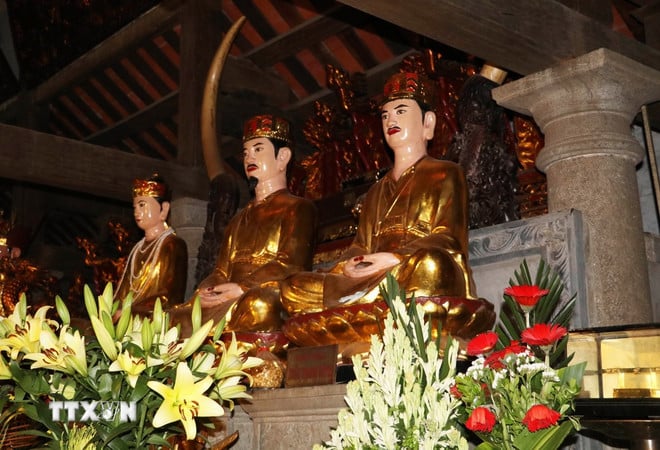
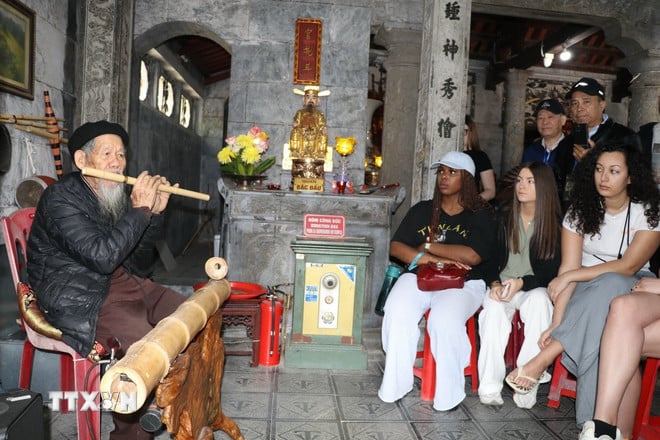
![[Photo] Bustling Mid-Autumn Festival at the Museum of Ethnology](https://vphoto.vietnam.vn/thumb/1200x675/vietnam/resource/IMAGE/2025/10/4/da8d5927734d4ca58e3eced14bc435a3)


![[Photo] Solemn opening of the 8th Congress of the Central Public Security Party Committee, term 2025-2030](https://vphoto.vietnam.vn/thumb/1200x675/vietnam/resource/IMAGE/2025/10/4/f3b00fb779f44979809441a4dac5c7df)

![[Photo] General Secretary To Lam attends the 8th Congress of the Central Public Security Party Committee](https://vphoto.vietnam.vn/thumb/1200x675/vietnam/resource/IMAGE/2025/10/4/79fadf490f674dc483794f2d955f6045)
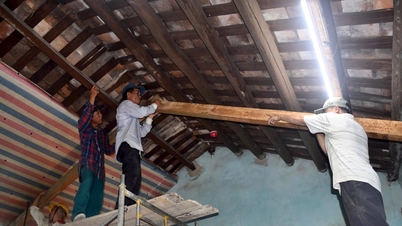





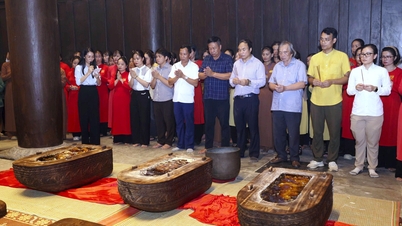


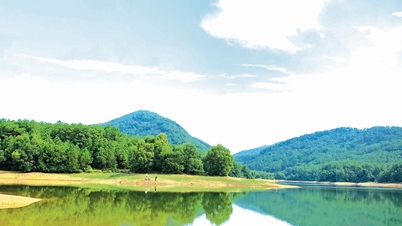







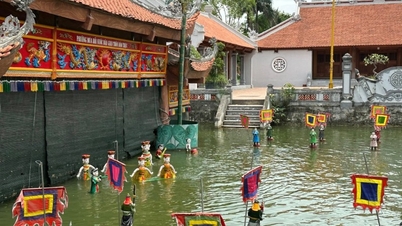








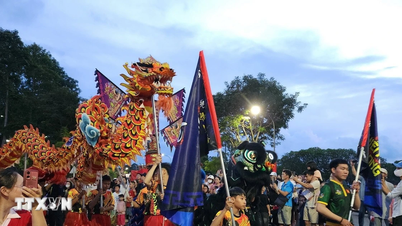



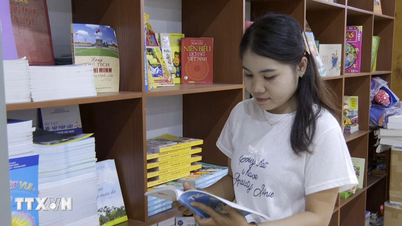
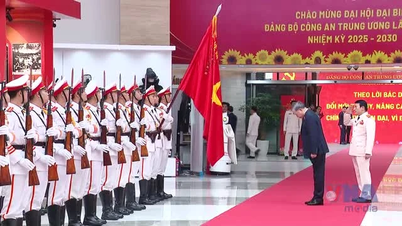















![[VIDEO] Summary of Petrovietnam's 50th Anniversary Ceremony](https://vphoto.vietnam.vn/thumb/402x226/vietnam/resource/IMAGE/2025/10/4/abe133bdb8114793a16d4fe3e5bd0f12)

![[VIDEO] GENERAL SECRETARY TO LAM AWARDS PETROVIETNAM 8 GOLDEN WORDS: "PIONEER - EXCELLENT - SUSTAINABLE - GLOBAL"](https://vphoto.vietnam.vn/thumb/402x226/vietnam/resource/IMAGE/2025/7/23/c2fdb48863e846cfa9fb8e6ea9cf44e7)















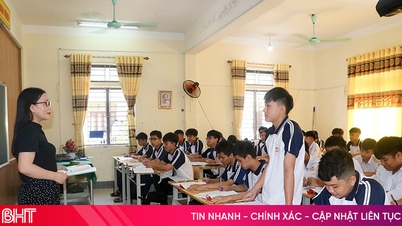



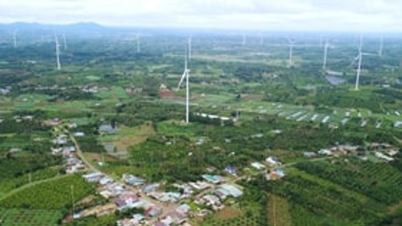
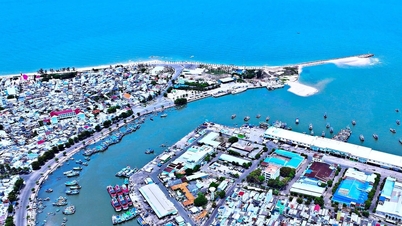
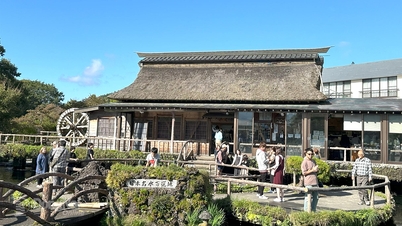









Comment (0)